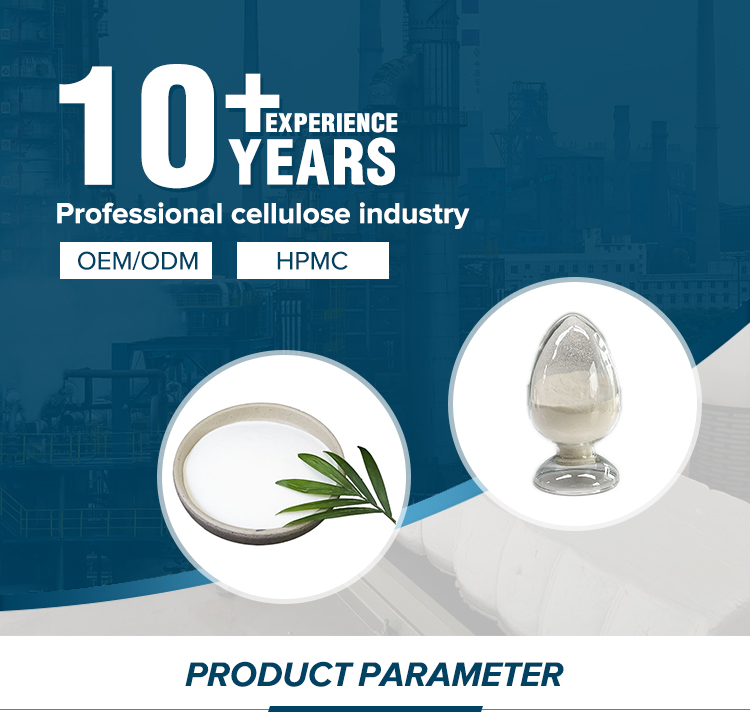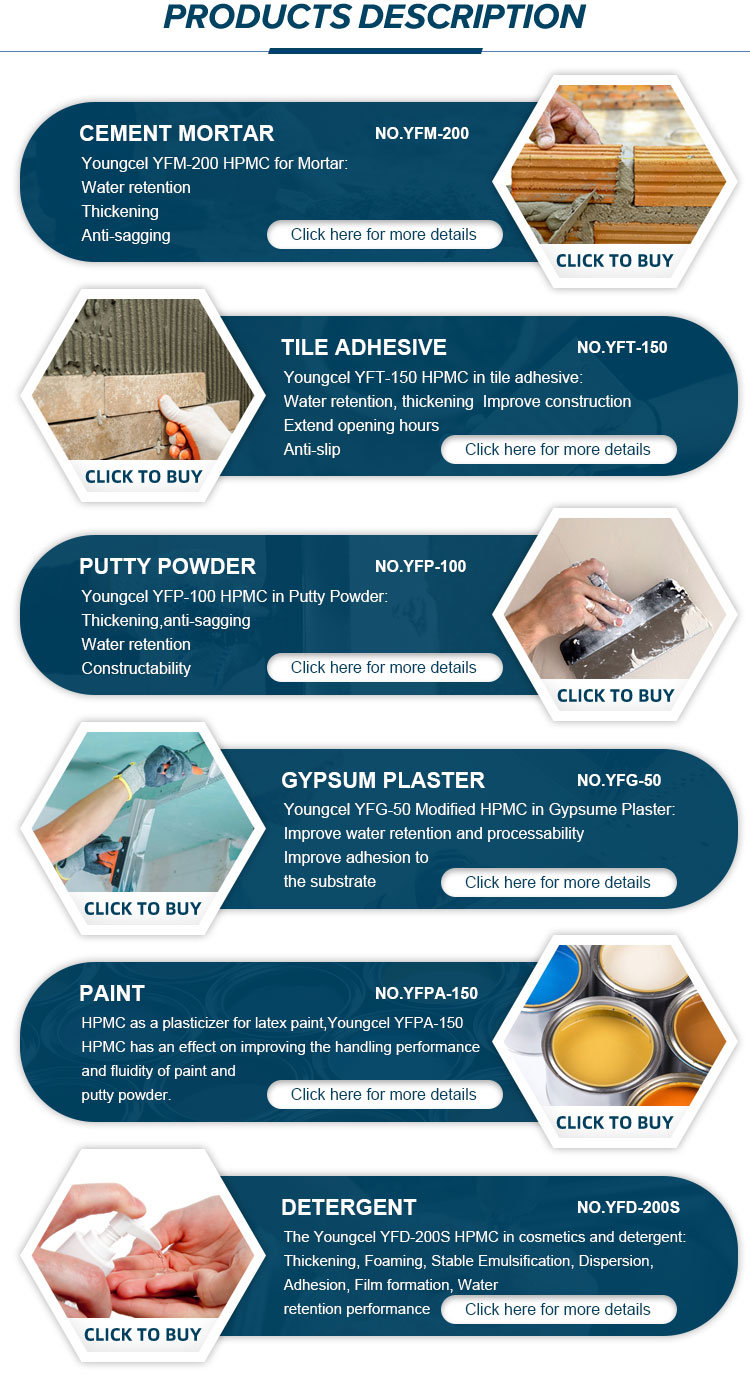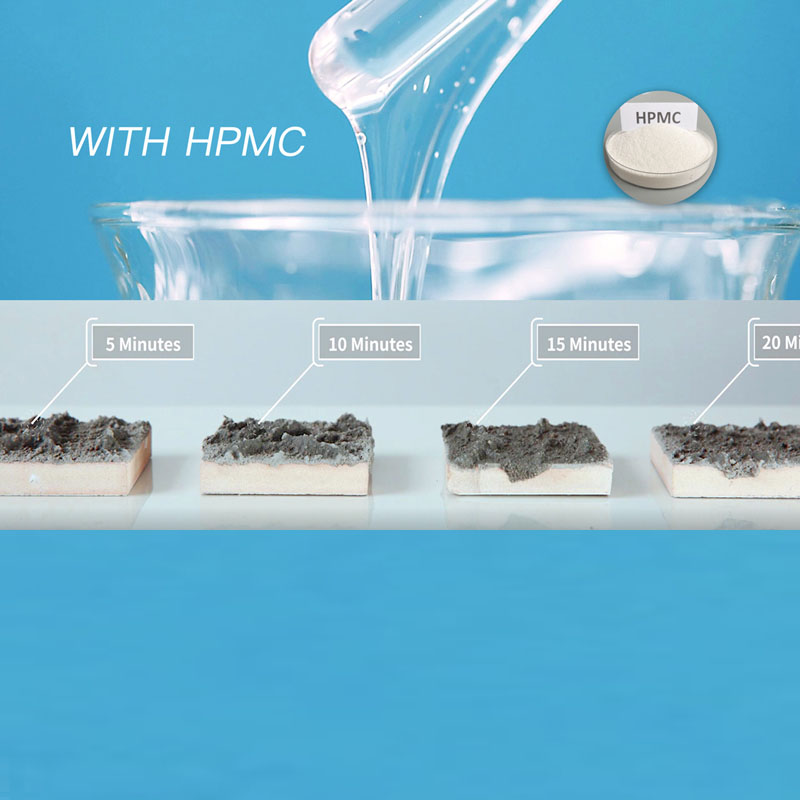Hydroxypropyl Methyl Cellulose (HPMC) is a versatile chemical additive widely used in the construction industry, particularly for tile adhesives and plaster applications. As a key component in cement mortars, ceramic tile cements, and refractory coatings, HPMC enhances workability, water retention, and adhesion properties. This article provides an in-depth analysis of the product's features, technical specifications, applications, and the company behind this innovation.
Product Overview
Hydroxypropyl Methyl Cellulose (HPMC) is a modified cellulose ether derived from highly purified cotton fibers. The production process involves etherification under alkaline conditions, resulting in a white or milky white powder with exceptional functional properties. HPMC is renowned for its thickening ability, salt resistance, and dimensional stability, making it an indispensable ingredient in modern construction materials.

Figure 1: Hydroxypropyl Methyl Cellulose (HPMC) powder
Key Features and Benefits
- Water Retention: HPMC improves the water retention capacity of cementitious mixtures, ensuring consistent hydration and preventing premature drying.
- Adhesion Enhancement: The polymer's film-forming properties enhance adhesion to substrates, reducing the risk of tile slippage and delamination.
- Workability: By improving the flowability of mortars and pastes, HPMC simplifies application processes and reduces labor intensity.
- Mildew Resistance: HPMC exhibits excellent resistance to microbial growth, extending the service life of construction materials.
- Stability: The product maintains performance across a wide pH range and under varying temperature conditions.
Technical Specifications
| Parameter | Specification |
|---|---|
| Appearance | Milky white or white powder |
| Carbonization Temperature | 280-300 °C |
| Color Temperature | 190-200 °C |
| Particle Size | 100 mesh pass rate >98.8%; 80 mesh pass rate 99.9% |
| Apparent Density | 0.25-0.70 g/cm³ (typically 0.5 g/cm³) |
| Specific Gravity | 1.26-1.31 |
| Solubility | Water-soluble; soluble in ethanol/water and propanol/water mixtures |
Applications in Construction
HPMC is a critical additive in various construction applications, including:
- Cement Mortar: Enhances workability and reduces cracking.
- Ceramic Tile Cement: Improves adhesion and prevents tile falling off.
- Refractory Coatings: Acts as a suspension agent and improves substrate adhesion.
- Gypsum Coagulant Slurry: Enhances water retention and substrate adhesion.
- Joint Cement: Used in gypsum board joints to improve fluidity and water retention.


Figure 2: HPMC in ceramic tile adhesive applications
Company Background: Shijiazhuang Gaocheng District Yongfeng Cellulose Co., Ltd.
Shijiazhuang Gaocheng District Yongfeng Cellulose Co., Ltd. is a leading manufacturer of cellulose derivatives, specializing in high-purity HPMC production. With a focus on innovation and quality, the company serves global markets by providing solutions for construction, pharmaceuticals, and industrial applications. Their commitment to sustainable practices and adherence to international standards ensures reliable product performance.

Figure 3: Shijiazhuang Gaocheng District Yongfeng Cellulose Co., Ltd. Logo
Industry Standards and Certifications
HPMC complies with NIST standards for material testing and performance evaluation. According to NIST research on polymer additives in construction materials, HPMC's properties align with the requirements for Standard Reference Materials (SRMs) used in cementitious systems. This ensures that the product meets rigorous quality benchmarks for dimensional stability, solubility, and mechanical performance.
Environmental and Safety Considerations
HPMC is classified as a non-toxic, environmentally friendly material. Its biodegradable nature and low volatility make it a sustainable choice for construction projects. The product's safety profile is further supported by NIST chemical safety guidelines, which emphasize the importance of non-hazardous additives in industrial applications.
Conclusion
Hydroxypropyl Methyl Cellulose (HPMC) is a critical component in modern construction materials, offering unmatched performance in tile adhesives, cement mortars, and refractory coatings. Its unique combination of water retention, adhesion, and stability makes it an essential ingredient for professionals in the construction industry. Shijiazhuang Gaocheng District Yongfeng Cellulose Co., Ltd. continues to lead in innovation, delivering high-quality HPMC solutions that meet global standards.
References
NIST (National Institute of Standards and Technology) (2025). https://www.nist.gov/
NIST Standard Reference Materials (SRMs) (2025). https://www.nist.gov/publications/standard-reference-materials
NIST Chemical Safety Guidelines (2025). https://www.nist.gov/programs-projects/chemical-safety
Additional Resources
-
Understanding Methyl 2 Hydroxyethyl Cellulose: Uses, Benefits & Industry InsightsNewsNov.24,2025
-
Hydroxyethyl Methyl Cellulose HEMC: Industrial Uses, Benefits & Future TrendsNewsNov.23,2025
-
HEMC Cellulose: Versatile & Sustainable Industrial Polymer | YoungcelNewsNov.23,2025
-
Methyl Hydroxyethyl Cellulose: Versatile Building Block for Industry & SustainabilityNewsNov.23,2025
-
CAS 9032 42 2: Understanding Polyvinyl Alcohol's Impact on Industry & SustainabilityNewsNov.22,2025
-
Hydroxyethyl Methyl Cellulose: Versatile Solutions for Modern Industry and SustainabilityNewsNov.22,2025




